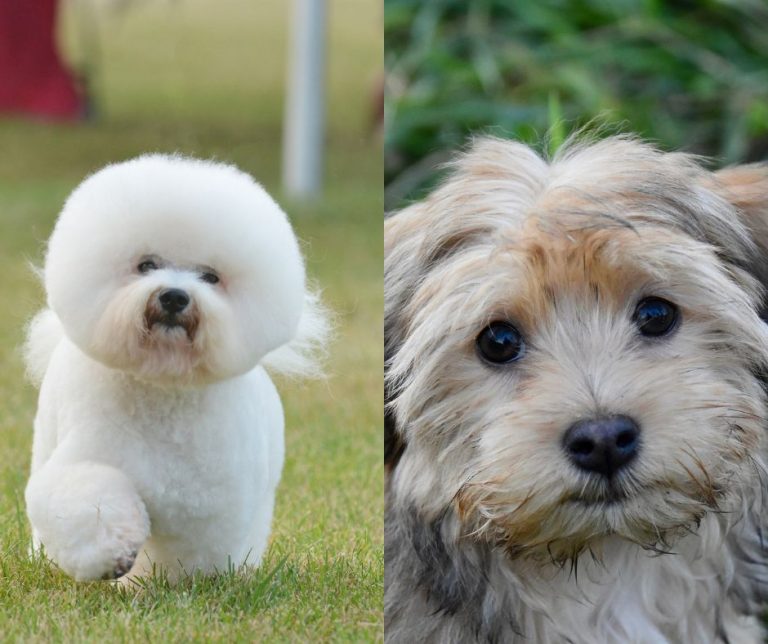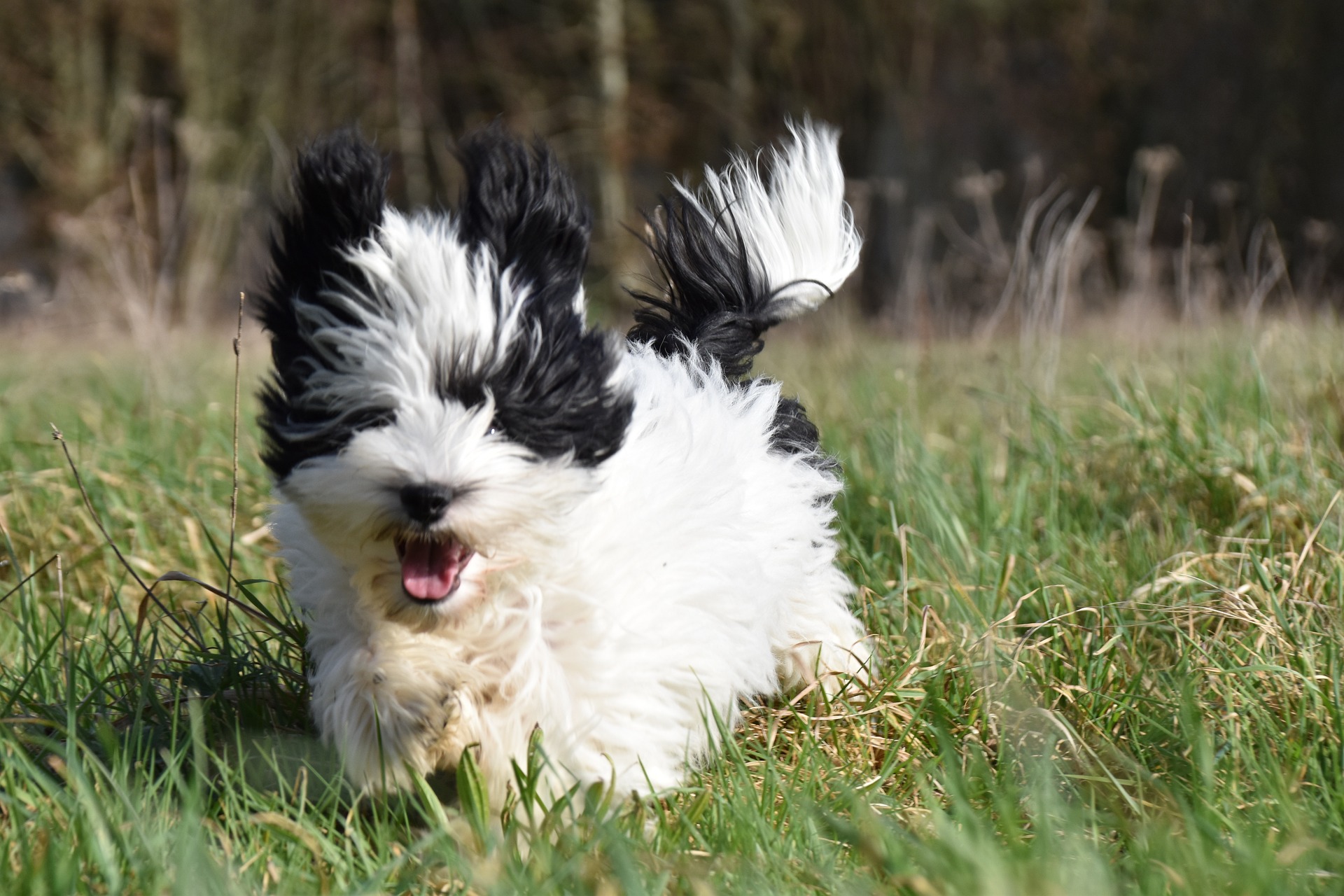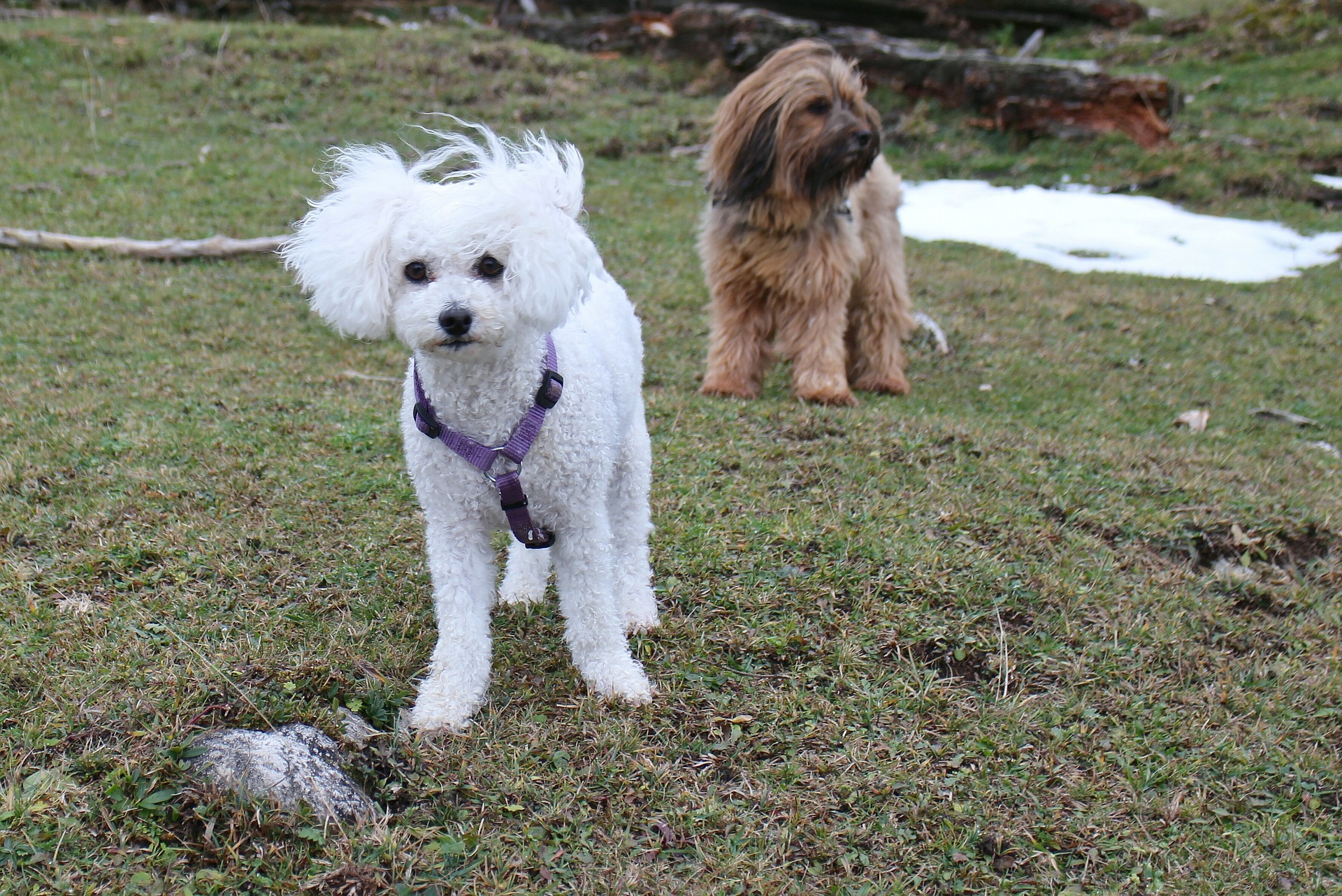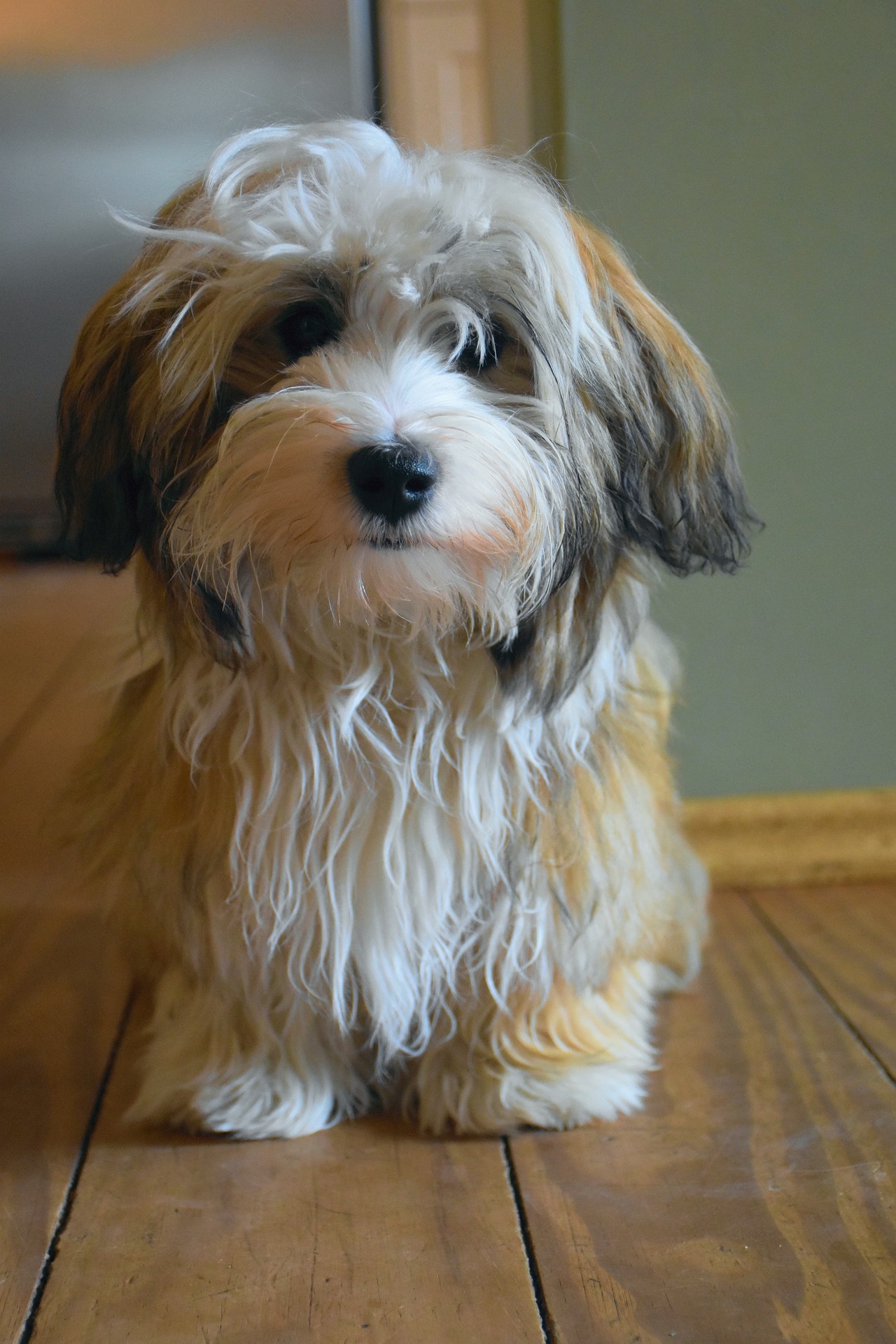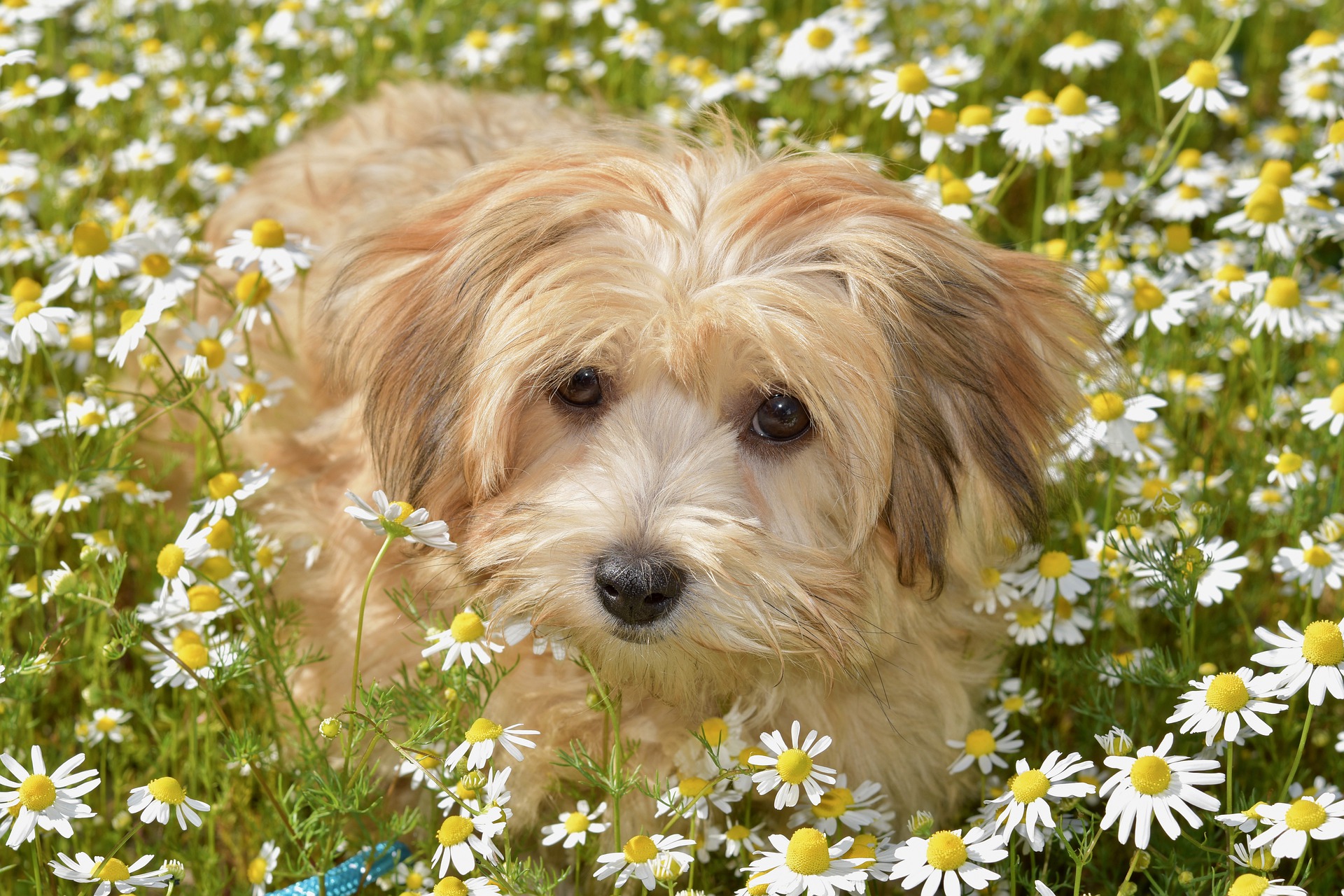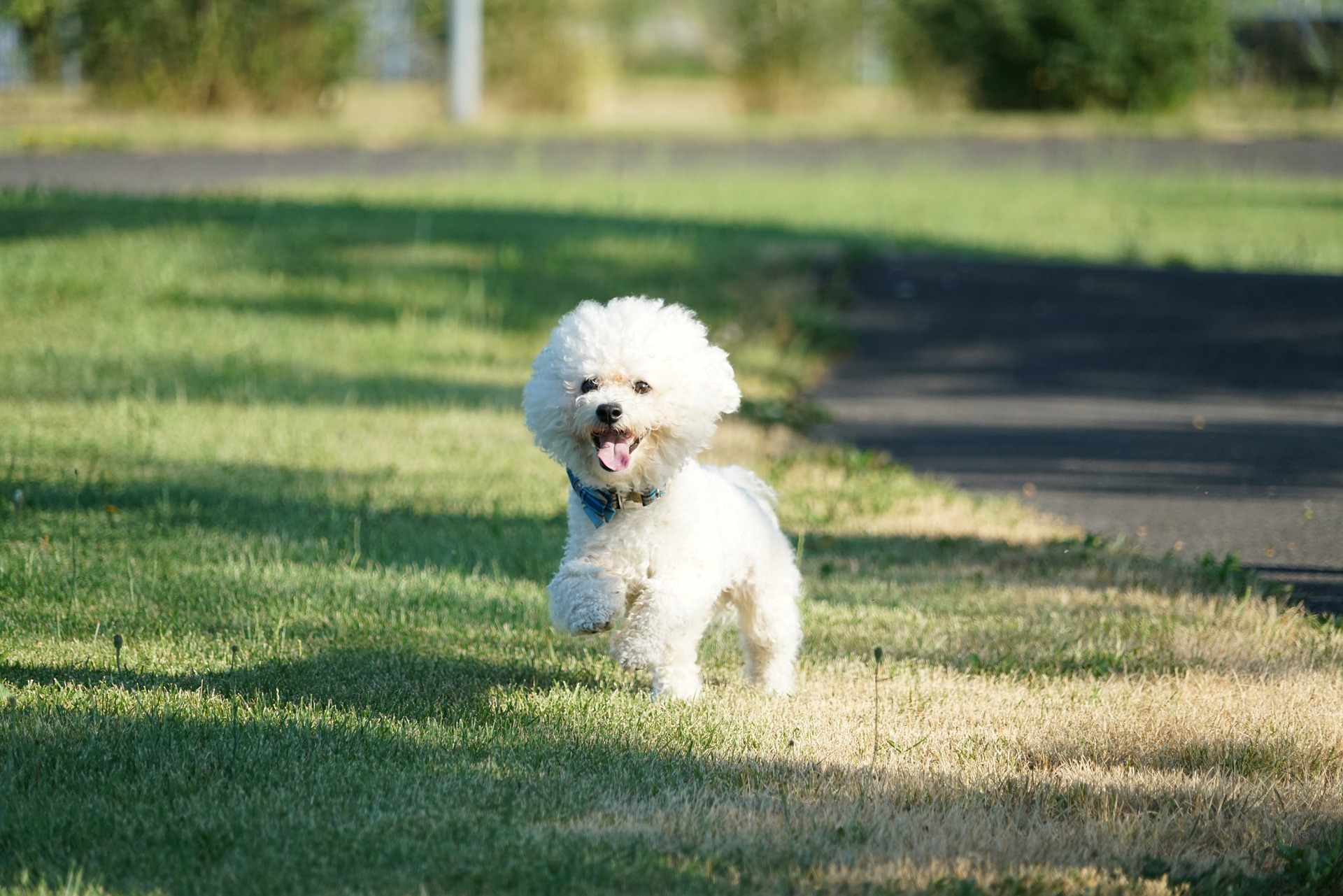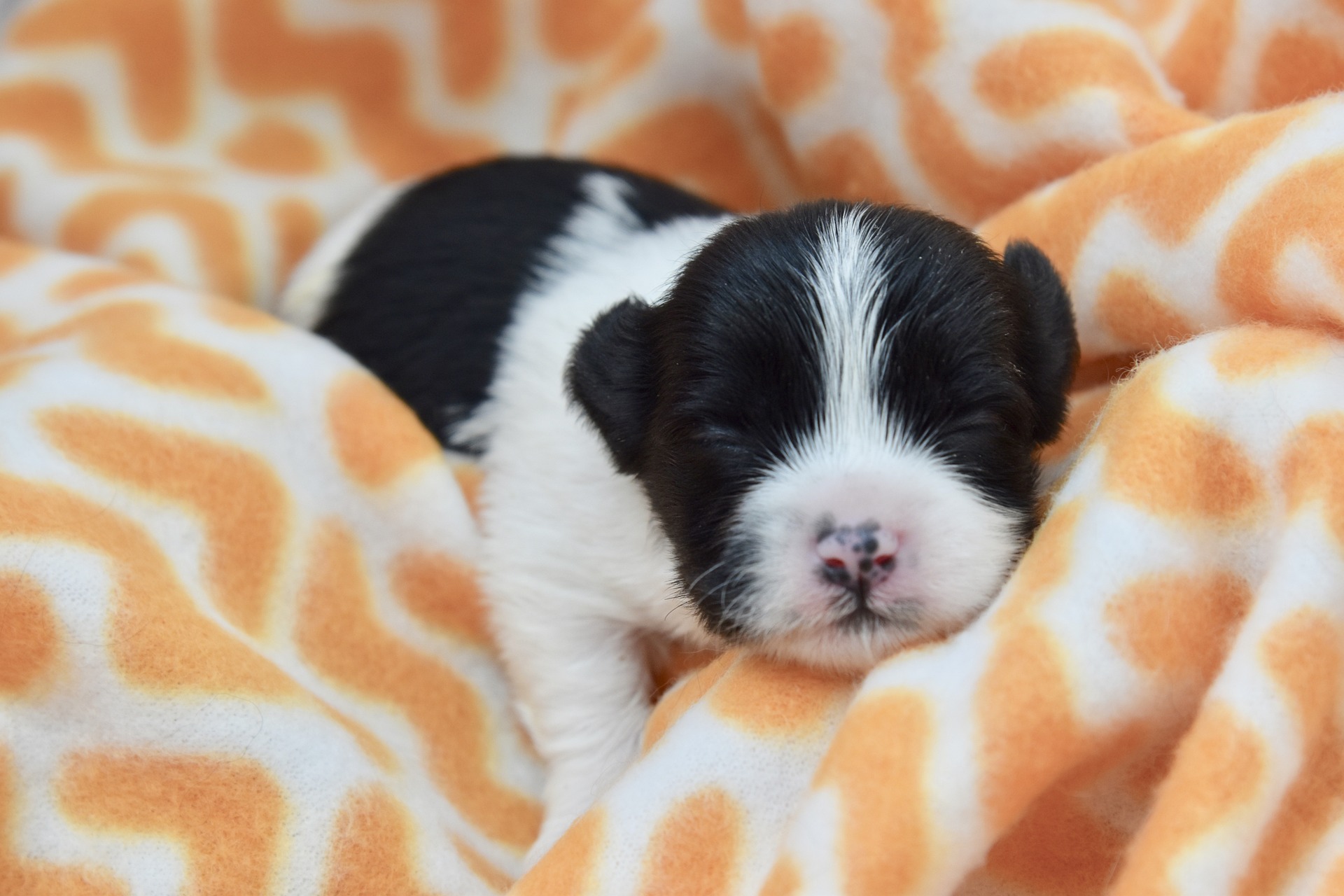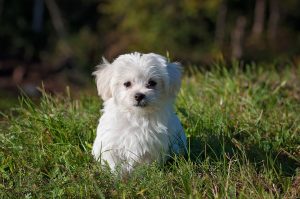When it comes to finding a small, friendly companion dog, both the Bichon Frise and the Havanese often come to mind. They share many charming qualities and are both favored for their endearing appearances and affable natures. While they may look similar at first glance, each breed has its own unique history and set of characteristics.
The Bichon Frise, known for its fluffy white coat and playful demeanor, originated in the Mediterranean and has a history that dates back centuries. On the other hand, the Havanese, with its silky, flowing coat, hails from Cuba and has gained a reputation as a devoted and adaptable family pet.
Understanding the differences between these two breeds is vital for prospective pet owners to ensure a harmonious match between their lifestyle and their furry companion.
The Bichon Frise and the Havanese both require regular grooming to maintain their coats, although their grooming needs slightly differ. They also share a commonality in being suitable for first-time dog owners, thanks to their intelligence and generally amiable temperaments which facilitate training. However, their physical characteristics and energy levels do have distinct contrasts—information that is crucial for anyone considering one as a new member of the family.
Let’s take a look at the Bichon Frise vs Havanese dog breed comparison.
Key Takeaways
- The Bichon Frise and Havanese are both small, friendly dogs suitable for families.
- They have unique origins with the Bichon Frise from the Mediterranean and the Havanese from Cuba.
- Both breeds are smart and trainable, with some differences in grooming needs and energy levels.
Breed Origins and History
When one considers the Bichon Frise and Havanese breeds, they’re not just looking at two adorable fluffy dogs; they are stepping into a rich tapestry of history. Each breed has traversed a unique path from its origin to the companions we know and love today.
Bichon Frise Origins
Originating from the Mediterranean, the Bichon Frise breed has its earliest roots connected to the Canary Islands, notably from the island of Tenerife. These small, joyful dogs found their way across the globe because of sailors who took them aboard as companions on long voyages, eventually reaching France and Spain. From being seafaring buddies, they ascended to the laps of French royalty, where their charm led to a status as favored pets in noble courts.
Bichon Frise is commonly mistaken for the Maltese dog breed. But while they are both small, white, and fluffy, the Bichon Frise dog breed is a slightly larger.
Havanese History
The Havanese, with a history just as engaging as their Bichon counterparts, spring from a different cultural backdrop—Cuba. Originally bred from the now extinct Blanquito de la Habana, which itself descended from the Bichon Tenerife, the Havanese breed was established by crossing with other small breeds, possibly including the poodle.
This dog stole the hearts of the Cuban aristocracy before finding a wider audience. The American Kennel Club (AKC), which recognizes the breed’s presence in the United States, refers to them as the Bichon Havanais. The breed nearly vanished after the Cuban Revolution but has since been revived and is cherished worldwide.
A lot of people mistake the Havanese for the Shih Tzu or Lhasa Apso. But unlike those two Tibetan breeds, the Lhasa Apso descends from Cuba.
Physical Characteristics
When you look at a Bichon Frise or a Havanese, you’ll be greeted by two adorably fluffy companions. These small breeds share some cuddly traits but have distinct differences that are easy to spot once you know what to look for.
Size and Weight
The Bichon Frise and Havanese are both small dogs, but they typically vary a bit in both size and weight. A Bichon Frise generally weighs between 10 to 18 pounds and stands about 9.5 to 11.5 inches tall at the shoulder. On the other side, the Havanese usually tips the scales a tad lighter, with weights ranging from 7 to 13 pounds, and their height clocks in a bit shorter, from 8.5 to 11.5 inches tall.
Coat and Colors
Both breeds boast an eye-catching, fluffy coat that requires regular grooming to keep them looking their best. The Bichon Frise has a curly and dense coat, often pure white, while the Havanese sports a long, silky, and slightly wavier coat that can come in a variety of colors including white, black, silver, chocolate, and many more.
Because of its coat, the Havanese puppy is also known as Havana silk dog.
Ears and Tail
Their ears and tails are expressive features that complement their spirited personalities. Bichon Frises have ears that hang close to the head, covered in long flowing hair, and a plume-like tail that is carried jauntily over the back. Havanese dogs also have drop ears with a tendency to be covered by their long, soft fur, adding to their friendly facial expression, with a high-set, curved tail that gives them a lively silhouette.
Temperament and Personality
When deciding between a Bichon Frise vs Havanese, one can expect both breeds to display a rich tapestry of temperament and personality traits that embody their affectionate and playful nature.
Behavioral Traits
Bichon Frise: Known for their cheerful demeanor, Bichon Frises are the epitome of a loving companion. They are sociable dogs, thriving in the company of their human families and are often eager to please their owners. This inclination makes them quite responsive to dog training. Their friendly nature extends to children and other pets, but early socialization is pivotal to ensure they maintain a calm disposition around new faces and situations.
Havanese: They step onto the scene with an outgoing personality that wins hearts. Havanese are not only friendly but also intelligent, which translates to a propensity for easy training. Their sociable nature makes them excellent family pets, as they adapt well to both playing with kids and spending time as lap dogs. They too benefit from being introduced to a variety of people and animals early in life to polish their naturally sociable traits.
Suitability as Family Pets
Bichon Frise: With their affable and affectionate personality, Bichon Frises fit seamlessly into the role of a family pet. They can be particularly loving with children, showing patience and playfulness. Given their size, supervision with younger kids is advisable to prevent accidental harm. Their love for interaction means they enjoy being around other family pets, often becoming lifelong companions.
Havanese: These dogs have an innate charm that makes them well-suited for families. Havanese form strong bonds and are highly affectionate, often seen following their humans from room to room. They are typically good-natured with children and exhibit a loyal nature. Their ability to get along with other pets adds to their value as a full-fledged family member.
Health and Lifespan
When comparing the Bichon Frise and Havanese, it’s essential to consider their health and longevity. These adorable pups share some health concerns but also boast their unique strengths that may influence their overall wellbeing through the years.
Common Health Issues
Both the Bichon Frise and Havanese breeds can be predisposed to similar genetic health issues; however, their spirited nature doesn’t prevent them from leading mostly happy lives. Here’s a snapshot of what to watch out for:
- Hip Dysplasia: A genetic disorder that can affect both breeds, leading to joint pain and potential arthritis
- Patellar Luxation: This knee condition is commonly seen in small breeds and can cause discomfort or difficulty walking
- Progressive Retinal Atrophy (PRA): This eye condition leads to diminished vision and potentially blindness, affecting both breeds
- Cataracts: Clouding of the lens that can impair vision, prevalent in both breeds
- Gum Disease: Dental health is a common concern for these breeds, making regular dental care crucial
- Legg-Calve-Perthes Disease: A disease affecting the hip joint, leading to hip pain and limping, seen more in small dog breeds
Owners should maintain routine veterinary care to catch these conditions early. A balanced diet, regular exercise, and dental hygiene can help mitigate some of these risks. Because these two are quite healthy, breeders have tried to cross-bred them with other dogs. For example, with a Poodle or other breeds in their group, like Maltese and Cavalier King Charles Spaniel.
Expected Lifespan
They may be small, but they’re sturdy—both breeds boast impressively long lifespans for their families to enjoy their companionship.
- Bichon Frise: They generally have a lifespan ranging from 12 to 15 years
- Havanese: These little ones tend to live a bit longer, with lifespans often reaching 14 to 16 years
Grooming and Care
When one thinks of the Bichon Frise and Havanese, images of soft, fluffy dogs often come to mind. Both breeds usher in a fair share of grooming commitments, but there’s a charm to the maintenance routines that can deepen the bond between them and their families.
Grooming Needs
Both the Bichon Frise and Havanese are high-maintenance when it comes to grooming. The Bichon Frise has a soft and curly coat that requires regular brushing to prevent mats and tangles. They typically need a professional grooming session every 4 to 6 weeks.
In comparison, the Havanese sports a longer, silkier coat that also demands frequent brushing—ideally a few times a week—to keep it looking its best. Though they have slightly lesser grooming requirements than the Bichon, they still benefit from regular haircuts to maintain a manageable coat length.
For families concerned with allergies, it’s worth noting that both breeds are considered hypoallergenic due to their minimal shedding. However, no dog is truly hypoallergenic, and regular grooming helps reduce the presence of dander, which can trigger allergic reactions.
Exercise Requirements
When it comes to exercise, the Havanese and Bichon Frise have modest needs, but their energy levels do differ. The Havanese are the more energetic of the two, thriving on daily play sessions and walks that add up to around 30 minutes.
This exercise not only keeps them fit but also happy and less prone to engaging in destructive behavior.
The Bichon Frise, while also needing roughly 30 minutes of exercise per day, tends to be more laid-back. A game of fetch or a pleasant walk can suffice for their daily physical activity.
Consistency in their exercise routine helps in managing their energy levels, ensuring they remain serene and content companions.
Both breeds also need a patient approach to grooming and exercise. Making these activities part of a regular routine can help establish a calm, cooperative behavior in both breeds.
Training and Intelligence
When comparing the Bichon Frise vs Havanese, they are both known to be quite clever and responsive to dog training. Owners will find that with a gentle approach, these breeds can learn a variety of commands and tricks.
Trainability
The Bichon Frise and Havanese are both breeds that respond well to training when it is based on positive reinforcement. Treats, praise, and play work wonders for both, but they do have their differences:
- Bichon Frise puppy: May show a touch of stubbornness, so patience is key. They thrive with consistent short sessions to keep them engaged
- Havanese puppy: Known for their eagerness to please, they tend to pick up on training more quickly. They revel in the process, especially when it feels like a game
For both breeds, early socialization is a stepping stone to a well-adjusted pet. Exposing them to different people, pets, and environments will help them become sociable and friendly adult dogs.
Intelligence and Learning
The intelligence of these two breeds makes learning an enjoyable adventure. However, their smarts mean they can sometimes try to outwit their owner.
- Bichon Frise dog breed: Their intelligence shines through in their ability to learn quickly but they might use this to their advantage in cheeky ways
- Havanese dog breed: They don’t just learn commands and tricks; they can be quite adept at learning complex sequences. These dogs seem to relish the mental stimulation
Both breeds might occasionally prefer a cuddle to a training session, so it’s important for owners to recognize when to switch from teacher mode to snuggle mode. This helps in building a bond that motivates them during training times.
Adaptability
When deciding if a Bichon Frise or a Havanese would fit into one’s lifestyle, understanding how they adapt to living spaces and their ease of traveling can make a world of difference. Both breeds share an agreeable nature, but their adaptability hinges on individual characteristics such as space requirements and energy levels.
Living Space Adaptability
The Bichon Frise and Havanese both shine as adaptable indoor living companions. Given their modest size, they are well-suited for apartment living. However, the Bichon Frise may require a bit more space due to a slightly higher energy level.
They can live contentedly in apartments as long as they are provided with daily exercise to expend their energy.
In contrast, the Havanese has a more laid-back attitude towards space. While they still appreciate playtime and mental stimulation, their energy levels are often manageable within a smaller living area.
Their smaller stature and adaptable nature also mean they are less likely to experience separation anxiety, making them ideal for pet owners who may need to leave them at home for a few hours.
Traveling and Mobility
Traveling with a pet requires considering their comfort and ease of movement. Bichon Frise dogs and Havanese dogs are both amenable to travel, likely due to their compact size and social nature.
However, the Havanese might have a slight edge in this category because of their calm demeanor, which can be a boon while on the move.
Owners should note that while both breeds can exhibit anxiety in new environments, they typically recover quickly with reassurance. Regular travel can actually help these dogs become more adaptable and reduce any potential anxiety associated with new routines and spaces.
Final Words
When faced with the choice between a Bichon Frise and a Havanese, prospective pet owners will feel heartened to know that both breeds share an abundance of charm and affection.
They have excellent dispositions for families, bringing a lot of joy into a home with their playful natures.
Key differences do exist, though.
The Bichon Frise can weigh a touch more, usually finding themselves in the 12-18 pound range, while Havanese commonly tip the scales a bit lighter at 7-13 pounds. In stature as well, Bichons may stand marginally taller.
Grooming needs are considerable for both, calling on owners to be consistent and patient.
The two dogs thrive best when their social needs are met with plenty of interactions with their humans or other pets.
For first-time dog owners, either breed could be a rewarding choice, though the Havanese might edge ahead slightly with their incredible eagerness to please and trainability.
Both handle life with children well, enriching a family with their loyalty and playful antics.
When it comes down to deciding, prospective owners should consider their lifestyle and what they’re looking for in a companion.
Those looking for a slightly smaller dog might lean towards the Havanese, while those wanting a bit more robustness may prefer the Bichon Frise.
It’s worth remembering that, in the end, the breed one chooses becomes a part of the family, and the love they give far outweighs the small differences in size or weight.
Either way, one will no doubt find a loyal and affectionate friend in both the Bichon Frise and the Havanese.

